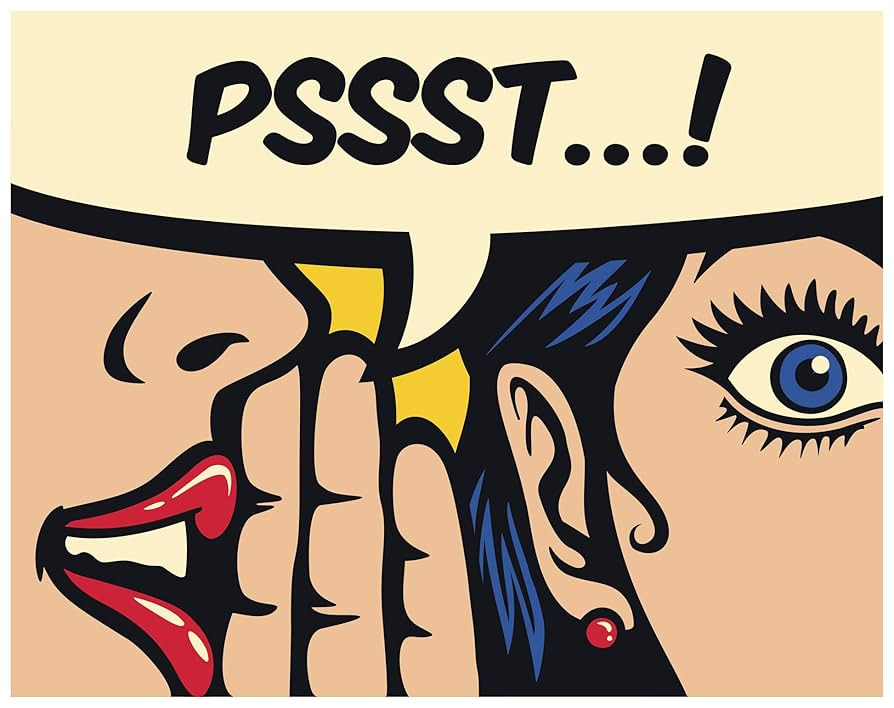Electrolysis: Does It Hurt As Bad As They Say?
Debunking Misinformation
While I take a pause in my electrolysis venture, I wanted to discuss a recent comment someone left on a Dermatologist's post, answering questions about hair removal methods…
“Generally speaking, if you are getting electrolysis or laser and the pain isn’t at the limit of what you can bear and drawing tears from you, then it’s a scam. It’s supposed to be excruciating.”
This is exactly why we can’t rely on strangers for medical and professional advice.
This comment is not only egregiously false, but it was stated as fact in response to someone genuinely seeking help. Now, not only may that person be turned off from ever pursuing permanent hair removal, but worse, they likely will repeat that anecdote of misinformation to others.
The truth is, pain is subjective, and everyone has their own tolerance level. However, electrolysis should never feel like excruciating pain during or after your session. Discomfort can happen, but unbearable pain is a sign that something is wrong.
To ensure you’re informed, let’s go over the factors that can contribute to discomfort during your appointment:
The technique used. Galvanic (aka traditional electrolysis) is the most intense option, followed by Blend and Thermolysis. Which method is used will be determined by your hair type, skin sensitivity, and the area being treated.
The depth of the hair follicle and whether or not it’s distorted.
Note: Distortion is common and can occur due to previous laser treatments or repeated waxing.
The area that is treated. Our skin is naturally thinner on our necks, inner thighs, genitals, etc. This is where we consider which method of electrolysis is appropriate to ensure as little discomfort as possible. The method can also be changed at any time during your appointment.
Hormones can especially heighten sensitivity in areas like the jawline and upper lip.
A practitioner who does not know what they’re doing. (I’ve shared my own experience with this.)
In class, while practicing on the different machines, I had my excruciating moment of pain. An instructor was working with me one-on-one and inserted a probe into my arm from an odd angle. This resulted in the follicle essentially being “blown out” from the side. I immediately yelped, and while I’ve previously worked with someone who had poor technique, this was an excellent (and necessary) example of what can happen when you do not correct an improper insertion.
Rest assured, when done correctly and when the appropriate mode is chosen, electrolysis can be pain-free.
Still worried? No problem. Follow these tips to best prepare for your appointment!
Drink water. Hair follicles practically close up and will be difficult to access if you’re dehydrated. Your electrologist can also apply a safe, sensitive-skin moisturizer during your appointment.
Caffeine and alcohol can intensify your sensitivity, so avoid them if possible.
No chemical peels before your appointment. Discontinue retinol (it compromises the skin barrier and will result in increased sensitivity) for at least one week.
Apply an OTC lidocaine approx. one hour before your appointment.
Always speak up. If you need a break from the area being treated and want your provider to focus elsewhere, let them know. Depending on the area and your patience with results, the mode can also be switched to a less spicy option.
Aftercare:
Cataphoresis (pictured above) is a life changer. It’s done post-treatment, calms the redness/heat, aids in closing pores, and promotes faster recovery. Nothing beats the feeling of those ice-cold rollers!
Apply a scent-free moisturizer, aloe gel, or use GlyMed’s Fulvic Elixir, an antibacterial serum that calms irritation. Planning on being in the sun? SPF always.
Keep all bacteria out! Change pillowcases, wash makeup brushes, don’t touch your skin, and avoid sweating or heat for 48 hours.
Despite what you may hear online, electrolysis is not so bad after all! Have more questions? Consider completing a skin analysis so I can help guide you through your electrolysis journey!







